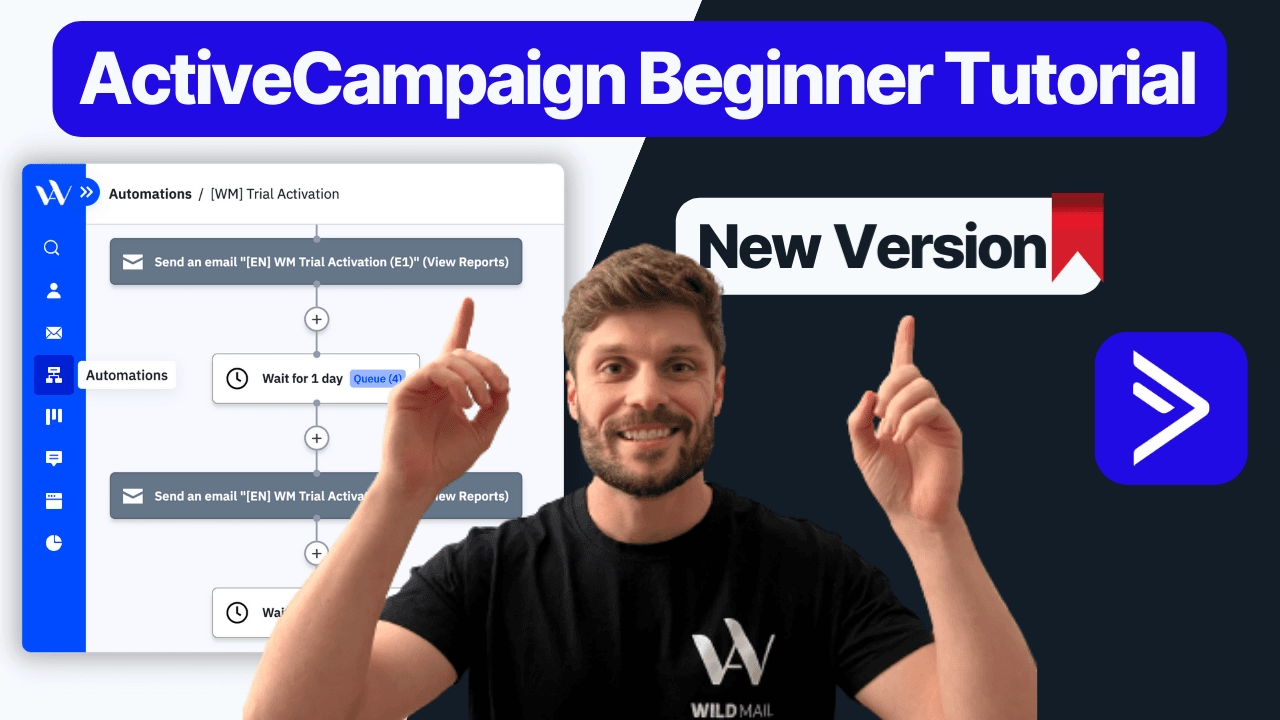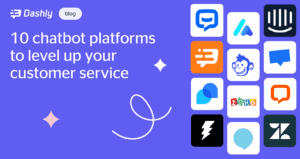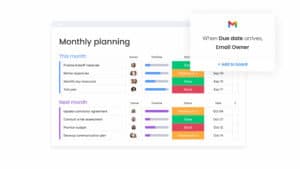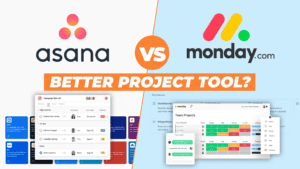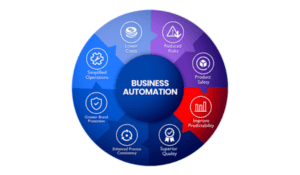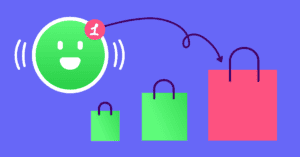The ActiveCampaign Beginner’s Guide to Automation
Unlock the power of ActiveCampaign to automate tasks, nurture customer relationships, and grow your business with ease.
In today’s fast-paced digital landscape, automation is essential for businesses looking to streamline tasks, enhance customer experiences, and drive growth. ActiveCampaign is a powerful CRM and automation tool that makes it easy to build workflows that keep your marketing, sales, and customer service operations running smoothly. Here’s a beginner-friendly guide to getting started with automation in ActiveCampaign.
Why ActiveCampaign for Automation?
ActiveCampaign’s automation capabilities go beyond basic email marketing. With tools designed to segment your audience, send timely messages, and personalize interactions, ActiveCampaign empowers businesses to automate with precision. For beginners, understanding how to leverage these automation features can help save time, improve engagement, and ultimately boost revenue.
Getting Started with ActiveCampaign Automation
1. Setting Up Your Account
- Step 1: Sign up for an ActiveCampaign account, selecting a plan that suits your needs. Each plan offers different automation capabilities, so choose one based on your current goals.
- Step 2: Familiarize yourself with the dashboard and navigation. This is where you’ll access your contacts, campaigns, and automation tools.
- Step 3: Import your contact list. Make sure to segment contacts by interests, demographics, or other relevant criteria to maximize automation efficiency.
2. Understanding Automation Basics
- What is Automation in ActiveCampaign? Automation is the ability to set up workflows that automatically send messages, assign tasks, or update contacts based on specific triggers or actions.
- Triggers and Actions: Triggers initiate the automation (e.g., “Contact joins a list”), and actions are the tasks completed as a result (e.g., “Send welcome email”).
3. Creating Your First Automation
- Choose a Template or Start from Scratch: ActiveCampaign offers pre-built automation templates for common workflows such as welcome sequences, abandoned cart reminders, and customer re-engagement. For beginners, these templates are a helpful starting point.
- Define Your Goal: Before setting up automation, determine its purpose. Are you trying to nurture leads, follow up with customers, or send personalized recommendations? Having a clear goal makes setup easier and more effective.
- Add Triggers and Actions: Select a trigger to start your automation. For instance, a new subscriber can trigger a welcome email sequence. Then, add actions based on how you want to engage the user.
Essential ActiveCampaign Automation Features for Beginners
1. Email Automation
- What It Does: Automatically send emails based on specific triggers, like form submissions or link clicks.
- Why It’s Useful: Sending emails at the right time boosts engagement and keeps your brand top-of-mind.
- Example: Set up a welcome sequence to greet new subscribers with a series of emails introducing your brand.
2. Lead Scoring
- What It Does: Lead scoring assigns points to contacts based on their behavior, such as clicking links or visiting specific pages.
- Why It’s Useful: Helps you identify high-interest contacts and prioritize them for follow-up.
- Example: When a lead scores 50 points, automatically assign them to your sales team for a personal follow-up.
3. Segmentation
- What It Does: Segment contacts based on demographics, behavior, or other factors, allowing you to tailor messaging for each group.
- Why It’s Useful: Personalized messages are more likely to resonate with recipients, leading to higher conversion rates.
- Example: Segment contacts based on purchase history and send product recommendations that align with their interests.
4. Conditional Content
- What It Does: Adjust email content based on conditions, such as location or product preferences.
- Why It’s Useful: Allows you to personalize each email, increasing engagement and conversion rates.
- Example: If a contact is interested in a specific product, display tailored recommendations within the email.
5. Abandoned Cart Reminders
- What It Does: Sends reminders to customers who added items to their cart but didn’t complete the purchase.
- Why It’s Useful: Recover potentially lost sales by encouraging customers to finalize their orders.
- Example: Send a reminder email with a small discount to incentivize customers to complete their purchase.
Step-by-Step Guide to Creating an Automated Welcome Sequence
Step 1: Define the Trigger
- Set the trigger as “Contact joins a list” to start the sequence as soon as someone subscribes.
Step 2: Create an Email Series
- Write a series of engaging emails. A typical welcome sequence might include:
- Welcome Email: Introduce your brand and set expectations.
- Product Highlight: Showcase your best-selling products or services.
- Social Proof: Share testimonials or case studies to build trust.
- Exclusive Offer: Send a discount or special offer as a thank you.
Step 3: Add Delays Between Emails
- Use delays (e.g., 1-2 days) between each email to avoid overwhelming subscribers and keep them engaged over time.
Step 4: Set an End Goal
- End the sequence once a user has completed the desired action (e.g., making a purchase or filling out a profile).
FAQs
What is the purpose of automation in ActiveCampaign?
Automation in ActiveCampaign saves time by automating repetitive tasks, nurturing leads, and personalizing communication, making customer interactions more efficient and effective.
How does segmentation improve automation?
Segmentation allows businesses to target groups with tailored messaging, increasing engagement and the likelihood of conversions.
Can I customize automation templates in ActiveCampaign?
Yes, ActiveCampaign offers customizable templates that you can adapt to fit your specific goals and audience.
How does lead scoring work in ActiveCampaign?
Lead scoring assigns points to contacts based on their behavior, such as clicking on links or visiting your site, helping prioritize high-interest leads.
What’s the best way to start with ActiveCampaign automation?
For beginners, start by creating a simple welcome email sequence using pre-built templates, then expand to more complex workflows as you grow comfortable.
Top Tools to Simplify and Scale Your Business
- ActiveCampaign: Comprehensive CRM and automation platform for email marketing and lead management.
- Drip: Offers powerful automation for email marketing, specifically designed for eCommerce brands.
- ConvertKit: Simplified automation with a focus on content creators and bloggers.
- HubSpot: An all-in-one CRM and marketing solution ideal for growing businesses.
- Zoho CRM: Affordable CRM that integrates with automation tools for a seamless experience.
Keywords: ActiveCampaign automation, CRM automation, email marketing, lead scoring, customer segmentation, marketing automation, ActiveCampaign tutorial, email workflows

